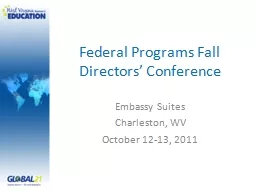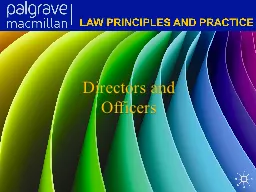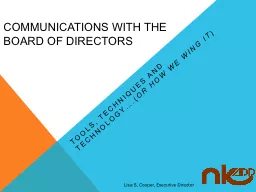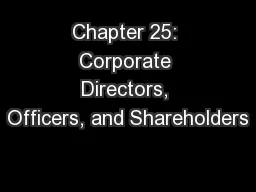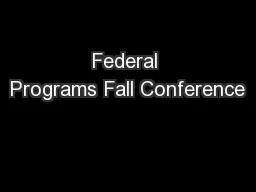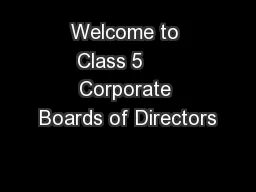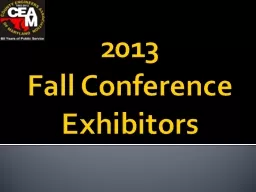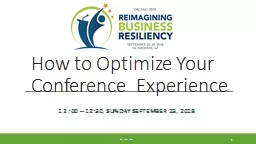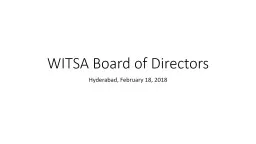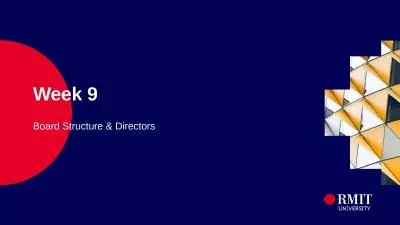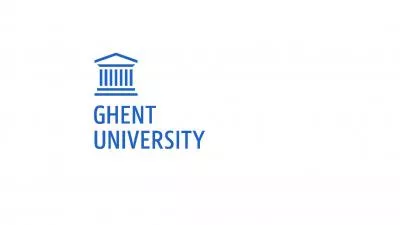PPT-Federal Programs Fall Directors’ Conference
Author : luanne-stotts | Published Date : 2019-02-23
Embassy Suites Charleston WV October 1213 2011 Effective Team Organization and Communication Lisa Youell State School Improvement Specialist Warm Up C V T O M I
Presentation Embed Code
Download Presentation
Download Presentation The PPT/PDF document "Federal Programs Fall Directors’ Confe..." is the property of its rightful owner. Permission is granted to download and print the materials on this website for personal, non-commercial use only, and to display it on your personal computer provided you do not modify the materials and that you retain all copyright notices contained in the materials. By downloading content from our website, you accept the terms of this agreement.
Federal Programs Fall Directors’ Conference: Transcript
Download Rules Of Document
"Federal Programs Fall Directors’ Conference"The content belongs to its owner. You may download and print it for personal use, without modification, and keep all copyright notices. By downloading, you agree to these terms.
Related Documents

